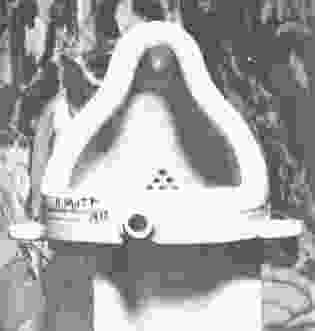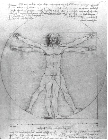审美中的“完美判断”及其终结
“Judgment of Perfect” in Aesthetic and Its End
-
摘要: 对事物之“完美”的判断与对事物之“美”的判断,在人类审美精神的发展历程中往往纠缠在一起。西方美学与艺术理论中的“毕达哥拉斯−柏拉图”传统,将对“完美”的追求等同于对“美”的追求,而基督教神学对于上帝之完美的设定,强化了这一传统。这一传统深刻地影响了古典时代直到18世纪中期欧洲的艺术实践与美学理论,并在18世纪产生了一套以“完美”为核心的美学理论,即以“秩序”“比例”“和谐”为中心的“莱布尼茨−沃尔夫”体系。康德通过辨析鉴赏判断与完美判断之间的差异,把完美判断逐出了审美领域,引发了美学与艺术理念的巨大变革。但完美判断对今天的“审美”仍有重要意义。Abstract: The judgment of the " perfection” of things and the judgment of the " beauty” of things are often intertwined in the development of human aesthetic spirit. The Pythagoras-Platonic tradition of Western aesthetics and art theory establishes that the pursuit of perfection is the pursuit of beauty, and the Christian theology’s assumption of the perfection of god strengthens. this tradition. This tradition profoundly influenced the art practice and aesthetic theory in the classical times until the middle of the 18th century in Europe, and produced a set of aesthetic theory centering on perfection in the 18th century. This aesthetic was initiated by shaftesbury and systematized into Leibniz-wolff system centering on order, proportion and harmony. By analyzing the difference between the judgment of aesthetic and the judgment of perfection, Kant puts forward that the judgment of perfection cannot be included in the territory of aesthetic, thus driving the judgment of perfection out of the field of aesthetics and causing a huge change in the aesthetic and artistic concepts. But the judgment of perfection is meaningful for aesthetic today.
-
Key words:
- aesthetic /
- perfection /
- harmony /
- free pleasure
-



 下载:
下载:





 沪公网安备 31010102003103号
沪公网安备 31010102003103号